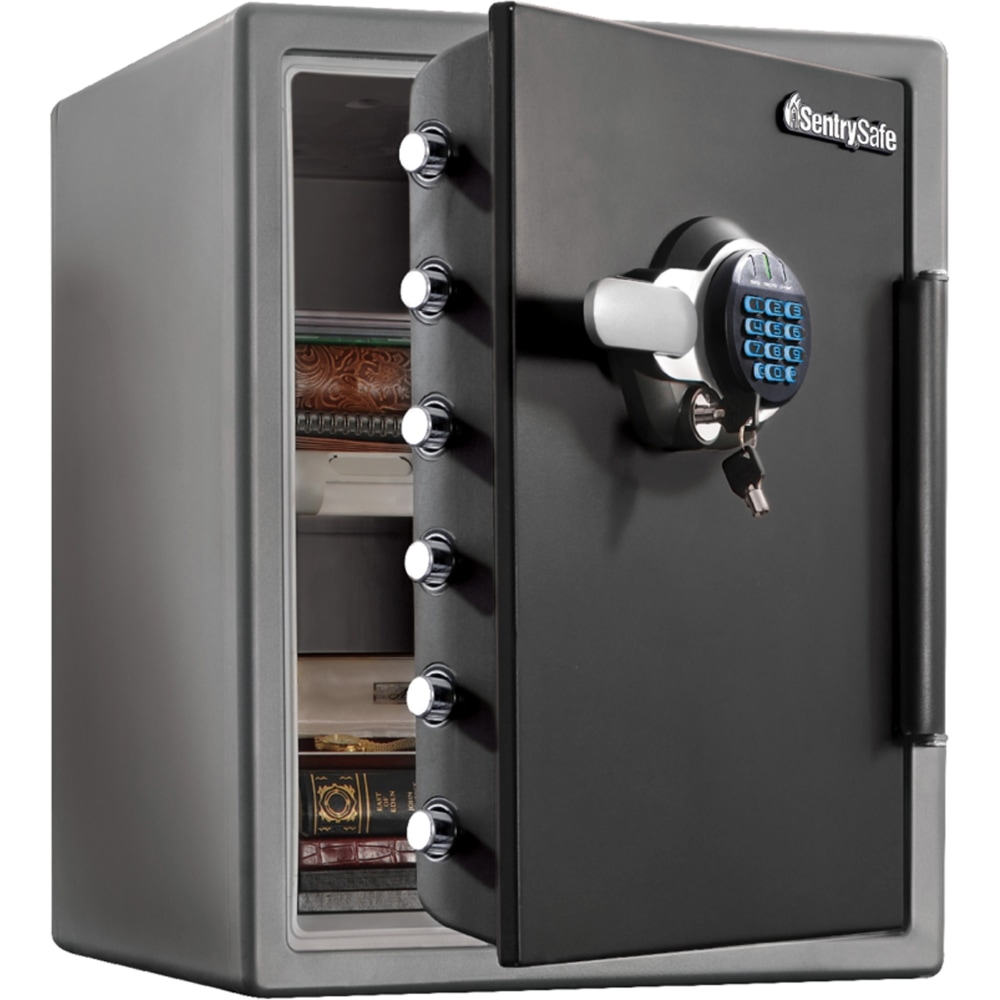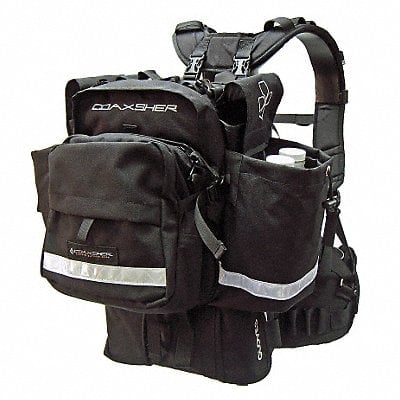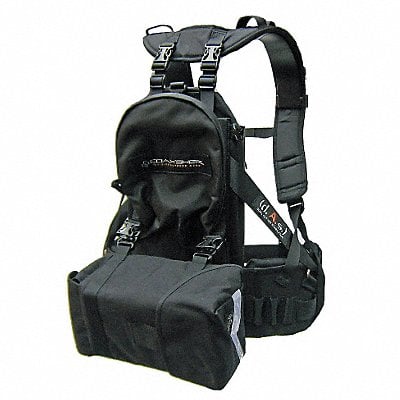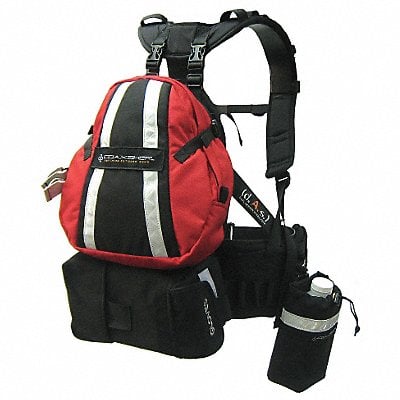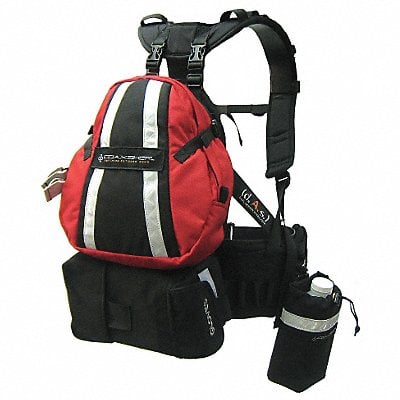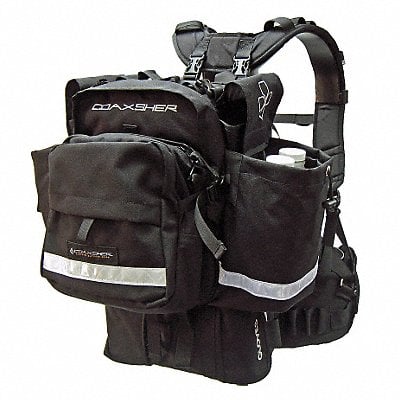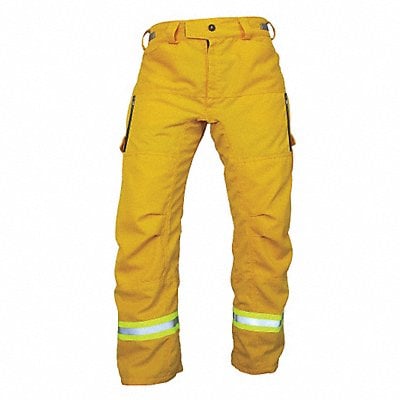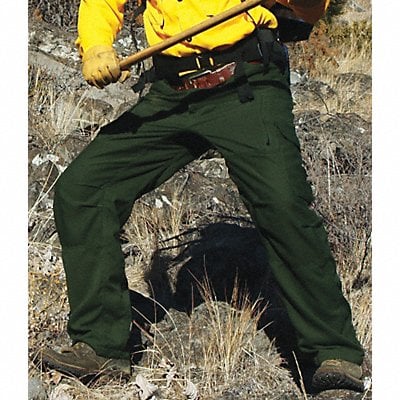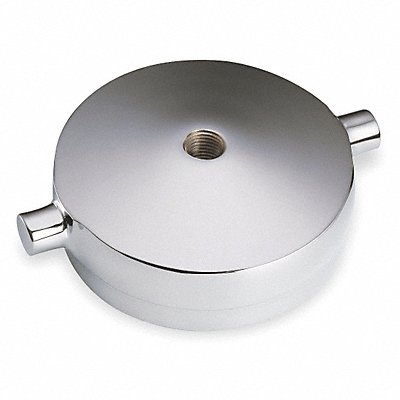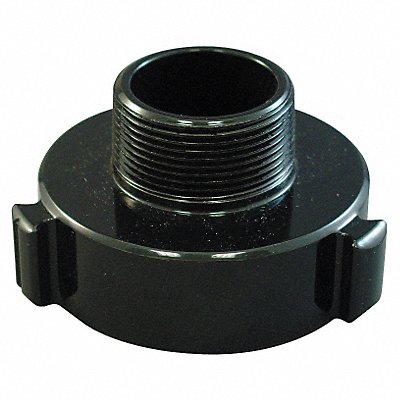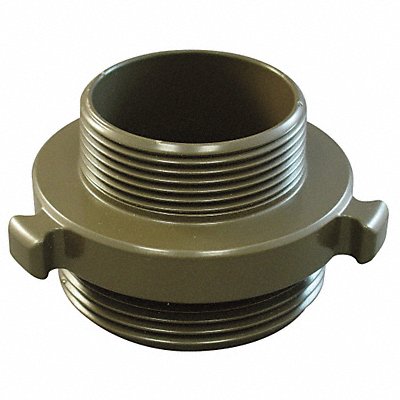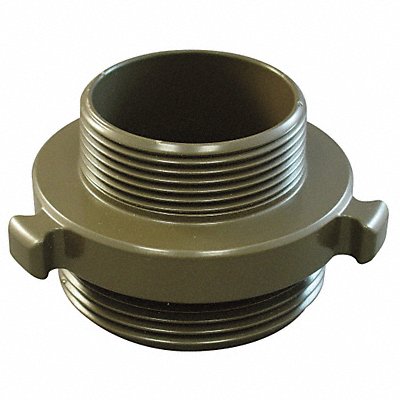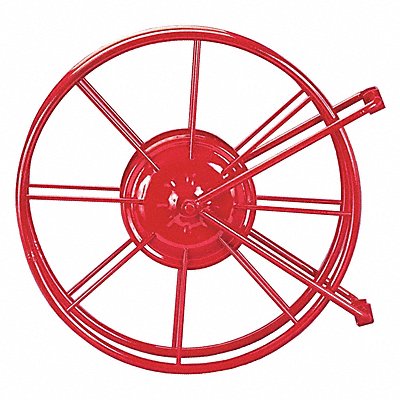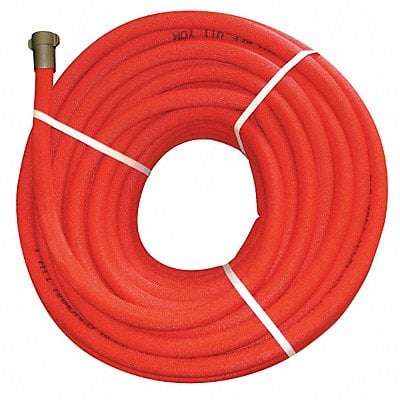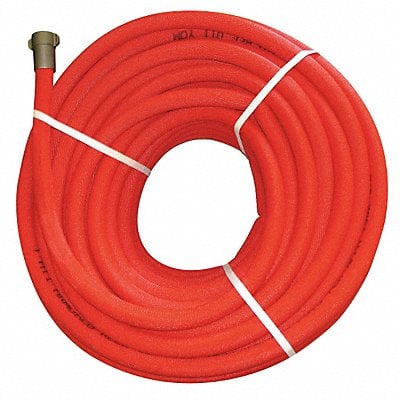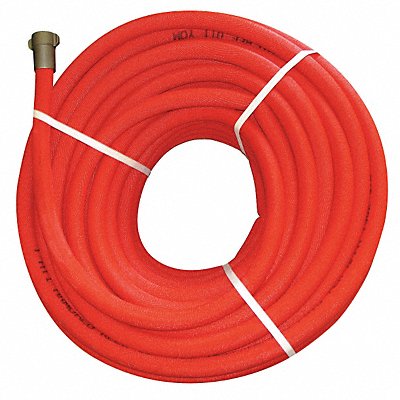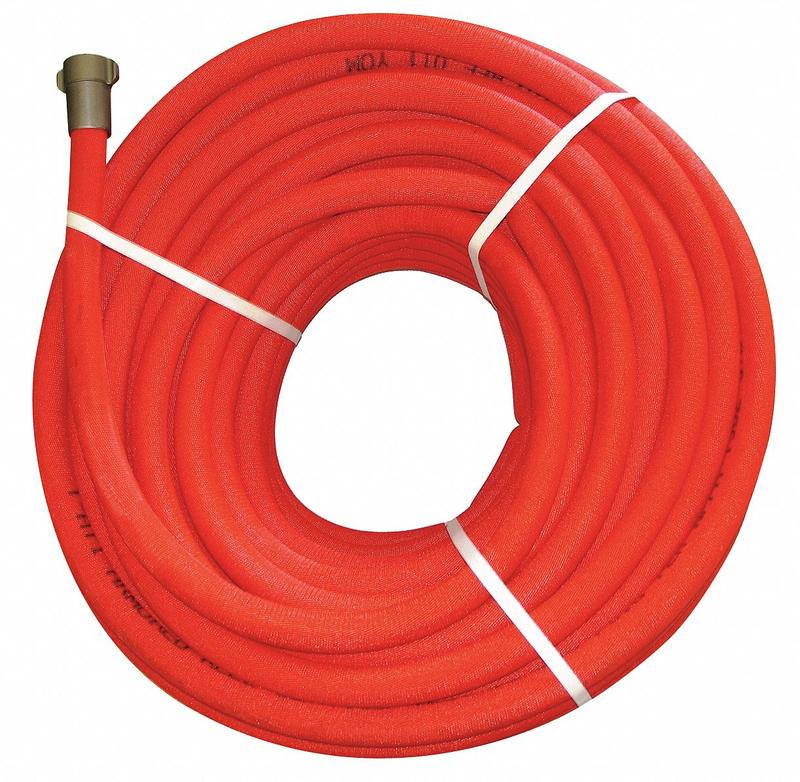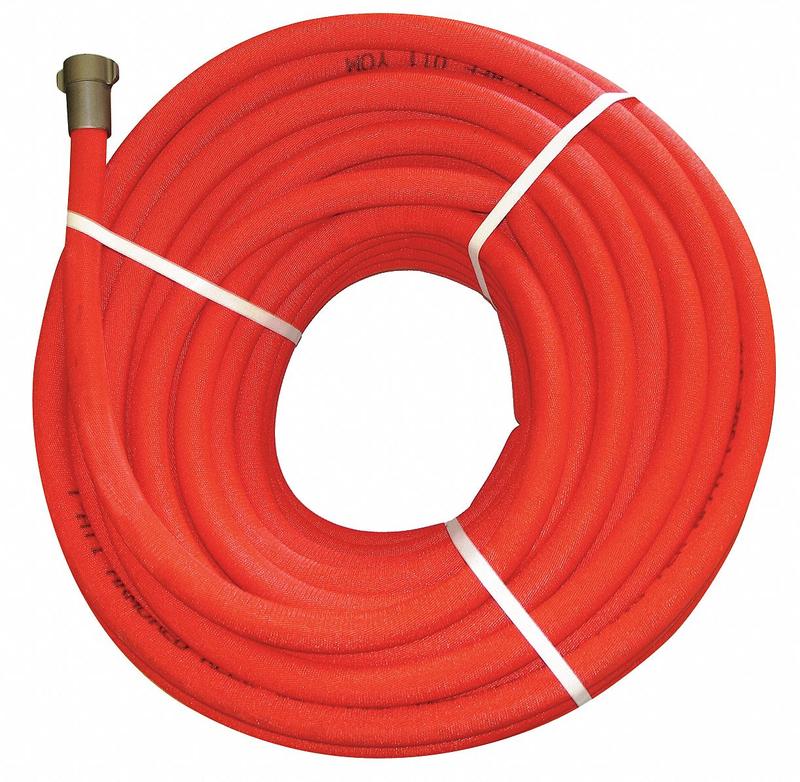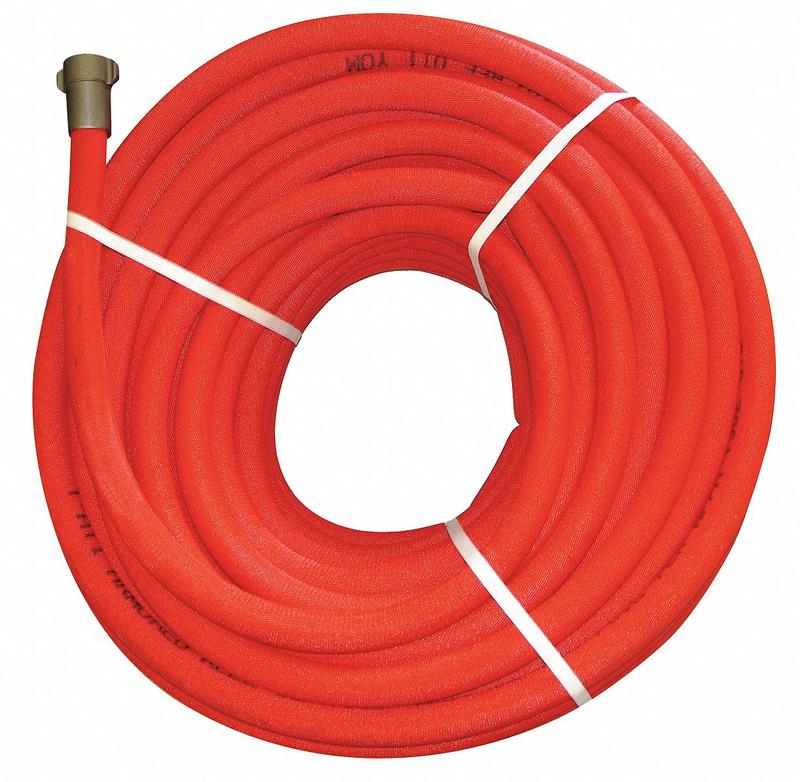Ultimate Guide to Fire Safety: Protecting Lives and Property
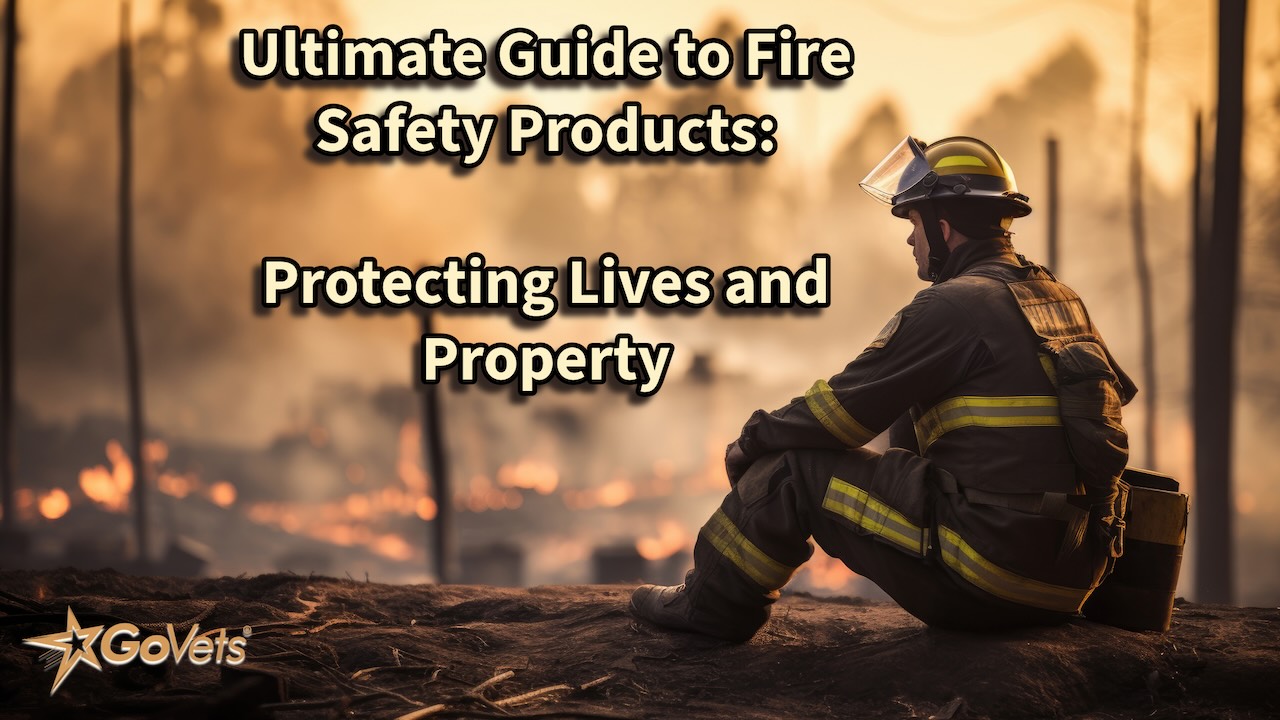
Overview
The relevance of fire protection products extends far beyond the firefighting industry, impacting a wide range of stakeholders and industries. From ensuring the safety of employees and customers to protecting valuable assets and infrastructure, the importance of these products cannot be overstated.
a. Stakeholders:
- Commercial Businesses: Commercial establishments, including office buildings, retail stores, and restaurants, rely on fire protection products to comply with safety regulations and protect employees and customers. Fire extinguishers, smoke detectors, and emergency signage are essential components of any commercial fire safety plan, helping to mitigate the risk of fire-related injuries and property damage.
- Industrial Facilities: Industrial facilities, such as manufacturing plants and warehouses, face unique fire hazards due to the presence of flammable materials and machinery. Fire suppression systems, fire-resistant clothing, and specialized firefighting equipment are critical for ensuring the safety of workers and preventing costly production disruptions caused by fire incidents.
- Educational Institutions: Schools, colleges, and universities must prioritize fire safety to protect students, faculty, and staff. Fire drills, evacuation plans, and fire detection systems are essential for ensuring a prompt and orderly response to fire emergencies, minimizing the risk of injury and loss of life on campus.
- Healthcare Facilities: Hospitals, clinics, and nursing homes have a duty to protect vulnerable patients and residents from the dangers of fire. Fire protection products such as fire doors, fire blankets, and fire extinguisher cabinets are vital for maintaining a safe environment and ensuring compliance with healthcare regulations governing fire safety.
- Government Agencies: Government agencies at the local, state, and federal levels play a crucial role in regulating and enforcing fire safety standards. Fire codes and regulations establish minimum requirements for fire protection products and systems, helping to ensure consistency and accountability across different industries and jurisdictions.
b. Industries:
- Construction: The construction industry relies on fire protection products to safeguard construction sites, workers, and nearby properties from fire hazards. Fire-resistant building materials, fire barriers, and temporary fire suppression systems are essential for minimizing the risk of fires during construction projects.
- Hospitality: Hotels, resorts, and hospitality venues must prioritize fire safety to protect guests and comply with industry regulations. Fire alarm systems, sprinkler systems, and emergency lighting are critical for ensuring guest safety and maintaining the reputation and viability of hospitality businesses.
- Transportation: The transportation industry, including airports, seaports, and railway stations, must address unique fire safety challenges associated with high volumes of people and goods in transit. Fire suppression systems for aircraft, marine vessels, and trains are essential for preventing catastrophic fires and ensuring passenger safety during travel.
- Utilities: Utility companies, including power plants, oil refineries, and wastewater treatment facilities, face significant fire risks due to the presence of combustible materials and hazardous processes. Specialized fire protection products, such as foam suppression systems and explosion-proof equipment, are essential for mitigating the risk of fires and protecting critical infrastructure.
- Retail: Retail businesses, including supermarkets, shopping malls, and department stores, must prioritize fire safety to protect customers, employees, and merchandise. Fire alarm systems, fire extinguishers, and emergency exits are essential for maintaining a safe shopping environment and minimizing the risk of fire-related injuries and property damage.
In conclusion, fire protection products play a vital role in safeguarding lives, property, and livelihoods across various stakeholders and industries. By investing in fire safety measures and adhering to regulatory standards, businesses and organizations can mitigate the risk of fire incidents and ensure the well-being of employees, customers, and communities.
2. Ultimate Guide to Fire Safety Products: Protecting Lives and Property
Fire safety is a paramount concern in every environment, from homes to workplaces, schools to industrial facilities. Understanding and implementing proper fire protection measures can mean the difference between life and death, and the prevention of devastating property damage. As we continue to prioritize safety in our communities, it's essential to equip ourselves with the knowledge and tools necessary to combat the threat of fire effectively.
a. Fire Protection
Fire protection encompasses a wide range of products designed to prevent, detect, and extinguish fires. From fire extinguishers to smoke detectors, each item plays a crucial role in safeguarding against the destructive power of flames.
Top 5 Safety Risks:
- Inadequate fire detection systems leading to delayed response times.
- Lack of proper fire extinguisher maintenance and inspection.
- Failure to establish clear evacuation procedures.
- Improper storage of flammable materials.
- Insufficient training in fire safety protocols.
Top 5 Safety Considerations:
- Regular inspection and maintenance of fire protection equipment.
- Implementation of comprehensive fire evacuation plans.
- Proper storage and handling of flammable substances.
- Routine training for employees or residents on fire safety procedures.
- Integration of advanced fire detection and suppression technologies.
Top 10 FAQs:
- How often should fire extinguishers be inspected?
- Fire extinguishers should undergo monthly visual inspections and annual maintenance checks.
- What type of fire extinguisher is suitable for electrical fires?
- Class C fire extinguishers are designed for use on electrical fires.
- How do smoke detectors work?
- Smoke detectors utilize sensors to detect particles produced by combustion, triggering an alarm.
- Can I use water to extinguish a grease fire?
- Water should never be used on grease fires, as it can cause the fire to spread. Instead, use a fire extinguisher rated for Class K fires.
- How can I prevent fires in the workplace?
- Implement strict housekeeping practices, train employees in fire safety, and eliminate fire hazards.
- Are fire blankets effective for extinguishing small fires?
- Yes, fire blankets can be used to smother small fires by cutting off the oxygen supply.
- What should I do if a fire alarm sounds?
- Immediately evacuate the building using designated exit routes and assembly points.
- How can I ensure my fire extinguisher is ready for use?
- Check the pressure gauge, inspect for visible damage, and ensure the pull pin is intact.
- Are fire doors required in commercial buildings?
- Yes, fire doors are essential for compartmentalizing fire and smoke to prevent spread.
- Can I use a fire extinguisher on all types of fires?
- No, fire extinguishers are designed for specific fire classes. It's crucial to use the appropriate extinguisher for the type of fire.
Product Recommendations:
- Fire Protection Products
- For a comprehensive range of fire safety products, including extinguishers, alarms, and protective gear, explore our selection.
b. Fire Fighting Clothing and Accessories
Firefighting clothing and accessories are specially designed to provide firefighters with protection against extreme heat, flames, and hazardous materials. From turnout gear to wildland firefighting equipment, these items are essential for ensuring the safety and effectiveness of firefighting operations.
Top 5 Safety Risks:
- Heat exhaustion and dehydration due to prolonged exposure to high temperatures.
- Thermal burns from direct contact with flames or hot surfaces.
- Inhalation of toxic gases and smoke.
- Physical injuries from falling debris or collapsing structures.
- Visibility impairment in smoke-filled environments.
Top 5 Safety Considerations:
- Use of heat-resistant materials in clothing construction.
- Incorporation of reflective elements for increased visibility.
- Proper sizing and fit to ensure freedom of movement.
- Integration of moisture-wicking fabrics to combat heat stress.
- Compliance with NFPA standards for firefighter protective clothing.
Top 10 FAQs:
- What is the difference between turnout gear and extrication coveralls?
- Turnout gear is designed for structural firefighting, while extrication coveralls are intended for rescue operations involving vehicle extrication.
- How should firefighting gloves be cleaned and maintained?
- Follow manufacturer guidelines for cleaning and inspection to ensure gloves remain in optimal condition.
- Can wildland firefighting gear be used for structural firefighting?
- No, wildland gear is designed for outdoor use and may not provide adequate protection in structural fire environments.
- Are fire hoods required for firefighting?
- Yes, fire hoods are essential for protecting the head and neck from heat and flame exposure.
- What is the purpose of a ladder escape belt?
- Ladder escape belts are designed to secure firefighters to ladders during rescue operations, preventing falls.
- Are wildland fire gear packs waterproof?
- Many wildland fire gear packs feature water-resistant materials to protect equipment from moisture.
- How often should turnout gear be inspected for damage?
- Turnout gear should undergo thorough inspection after each use and regular maintenance checks as per manufacturer recommendations.
- Can turnout gear be customized for individual preferences?
- Yes, many manufacturers offer customization options for turnout gear, including sizing, color, and additional features.
- Are wildland fire pants suitable for use in structural firefighting?
- No, wildland fire pants are specifically designed for outdoor firefighting operations and may not provide adequate protection in structural fire situations.
- What is the lifespan of firefighting helmets?
- Firefighting helmets should be replaced every 10 years or sooner if damaged or compromised.
Product Recommendations:
- Fire Fighting Clothing and Accessories
- Explore our selection of firefighting gear, including turnout gear, helmets, gloves, and more, designed to keep firefighters safe and comfortable in the line of duty.
c. Fire Hose Fittings and Hydrant Adapters
Fire hose fittings and hydrant adapters are essential components of firefighting equipment, allowing for the efficient connection and operation of fire hoses and hydrants. From couplings to caps, these fittings play a critical role in delivering water to extinguish fires effectively.
Top 5 Safety Risks:
- Incompatibility between hose fittings and hydrants leading to leakage or pressure loss.
- Improper installation of fittings resulting in hose detachment during firefighting operations.
- Corrosion and wear of fittings compromising structural integrity.
- Failure to secure fittings properly, causing accidental disconnection under pressure.
- Use of damaged or worn fittings increasing the risk of equipment failure.
Top 5 Safety Considerations:
- Regular inspection and maintenance of hose fittings and hydrants.
- Proper training in the correct assembly and disassembly of fittings.
- Use of compatible fittings for specific hose and hydrant configurations.
- Integration of safety features such as locking mechanisms to prevent accidental disconnection.
- Replacement of damaged or worn fittings to ensure reliable operation.
Top 10 FAQs:
- What size hose fittings are compatible with standard fire hoses?
- Standard fire hoses typically use 1.5-inch or 2.5-inch hose fittings, but compatibility may vary depending on the manufacturer.
- How do hydrant adapters work?
- Hydrant adapters allow for the connection of hoses to fire hydrants with different thread sizes or configurations.
- Can hose fittings be reused after a fire incident?
- Hose fittings should be inspected for damage after each use and replaced if necessary to ensure continued safety and performance.
- What is the purpose of a short shank fire hose coupling?
- Short shank couplings are designed for use in tight spaces where standard couplings may be too large or obstructive.
- Are fire hose caps and plugs interchangeable?
- Fire hose caps and plugs are typically interchangeable, but it's essential to ensure compatibility with specific fittings and applications.
- How do I prevent hose kinking during firefighting operations?
- Proper hose handling techniques, including avoiding sharp bends and twists, can help prevent hose kinking and maintain water flow.
- Can fire hose fittings be used with other types of hoses?
- Some fire hose fittings may be compatible with other types of hoses, but it's crucial to verify compatibility before use.
- Are storz fittings suitable for use with standard fire hoses?
- Storz fittings are commonly used in European firefighting systems and may require adapters for compatibility with standard fire hoses in the United States.
- What is the purpose of a hydrant wrench?
- A hydrant wrench is used to open and close fire hydrant valves for water supply during firefighting operations.
- How do I prevent cross-threading when attaching hose fittings?
- Ensure proper alignment and thread engagement when attaching hose fittings to prevent cross-threading and damage to threads.
Product Recommendations:
- Fire Hose Fittings and Hydrant Adapters
- Browse our selection of high-quality hose fittings and hydrant adapters, designed for reliable performance in firefighting applications.
d. Fire Hoses and Fire Hose Reels
Fire hoses and hose reels are critical components of fire suppression systems, providing a reliable means of delivering water to extinguish fires quickly and efficiently. From pin rack assemblies to hand crank reels, these products are essential for maintaining a safe and effective firefighting operation.
Top 5 Safety Risks:
- Hose kinking or tangling leading to restricted water flow.
- Improper storage of hoses resulting in damage or deterioration.
- Failure to maintain hose reels and associated equipment, causing malfunction during use.
- Inadequate water pressure or flow rate due to hose length or diameter limitations.
- Use of incompatible hoses or fittings leading to leakage or detachment.
Top 5 Safety Considerations:
- Regular inspection and testing of hoses and reels for damage or wear.
- Proper storage and handling of hoses to prevent kinking and tangling.
- Installation of hose reels in accessible locations for rapid deployment.
- Compliance with NFPA standards for hose construction and performance.
- Training in proper hose deployment techniques to maximize effectiveness and safety.
Top 10 FAQs:
- How often should fire hoses be pressure tested?
- Fire hoses should undergo annual pressure testing to ensure integrity and reliability.
- What is the purpose of a fire hose pin rack assembly?
- Pin rack assemblies provide a secure storage solution for fire hoses, allowing for easy access and deployment during emergencies.
- Can fire hoses be used for other purposes besides firefighting?
- Fire hoses are primarily designed for firefighting applications but may be repurposed for certain industrial or agricultural uses.
- Are hand crank hose reels suitable for large-scale firefighting operations?
- Hand crank hose reels are typically used for smaller-scale applications or as backup systems in larger operations.
- How do I prevent hose degradation from UV exposure?
- Store hoses in a cool, dark place away from direct sunlight when not in use to minimize UV damage.
- Can fire hoses be repaired if damaged?
- Minor hose damage may be repairable using patch kits or hose repair tools, but severe damage may require replacement.
- What is the purpose of a hose turntable?
- Hose turntables facilitate the smooth unwinding and winding of hoses during deployment and retrieval.
- Are fire hoses resistant to chemicals and oils?
- Most fire hoses are designed to withstand exposure to chemicals and oils encountered in typical firefighting environments.
- How do I determine the appropriate hose diameter for my application?
- Consider factors such as water pressure, flow rate, and distance to determine the optimal hose diameter for your needs.
- Can fire hoses be used for high-pressure water blasting?
- Fire hoses are not typically designed for high-pressure water blasting and may not withstand the pressures involved.
Product Recommendations:
- Fire Hoses and Fire Hose Reels
- Discover our range of fire hoses and hose reels, built to the highest standards for reliability and performance in firefighting applications.
3. Proactive Strategies to Safeguard Your Business from Crisis
In today's dynamic business landscape, ensuring the safety and security of your premises is paramount. Here, we outline proactive solutions tailored to address potential fire hazards and protect your business from crisis:
a. Fire Protection Solutions
Problem:
Unexpected fires can pose a significant threat to your business operations, risking both lives and property. Without adequate fire protection measures in place, your business is vulnerable to devastating losses in the event of a fire outbreak.
Solution:
Invest in comprehensive fire protection solutions, including fire extinguishers, fire-resistant drums, and firestop barriers. These products are designed to detect, contain, and suppress fires, offering a crucial line of defense against potential disasters.
Recommended Products:
- Fire Extinguishers & Accessories
- Fire-Resistant Drums & Heads
- Firestop Barriers & Protection
- Smoke & CO Detectors & Alarms
- Escape Ladders
b. Fire Fighting Clothing and Accessories
Problem:
In the event of a fire emergency, inadequate protective gear for your employees can jeopardize their safety and hinder effective firefighting efforts, putting lives at risk.
Solution:
Equip your team with high-quality fire-fighting clothing and accessories designed to provide maximum protection and mobility. From fire hoods to turnout gear storage racks, these products ensure your personnel are prepared to respond swiftly and safely to fire incidents.
Recommended Products:
- Fire Hoods
- Ladder Escape Belts
- Turnout and Extrication Coveralls
- Turnout and Extrication Jackets and Coats
- Turnout and Extrication Pants
- Turnout Gear Storage Rack Accessories
- Turnout Gear Storage Racks
- Wildland Fire Fighting Jackets and Coats
- Wildland Fire Fighting Pants
- Wildland Gear Packs and Bags
c. Fire Hose Fittings and Hydrant Adapters
Problem:
Inadequate or malfunctioning fire hose fittings and hydrant adapters can compromise the effectiveness of your firefighting equipment, delaying response times and exacerbating fire-related risks.
Solution:
Ensure your fire hoses and hydrant systems are equipped with high-quality fittings and adapters to facilitate seamless water flow and connection compatibility. Investing in reliable products minimizes the risk of equipment failure during critical firefighting operations.
Recommended Products:
By implementing these proactive strategies and investing in the recommended fire safety products, you can effectively safeguard your business from potential fire-related crises, ensuring the safety of your employees, customers, and assets.
Conclusion:
Ensuring fire safety is a collective responsibility that requires proactive measures and the right tools and equipment. By understanding the importance of fire protection products and implementing comprehensive safety protocols, we can minimize the risks posed by fires and protect lives and property. Explore our selection of fire safety products at GoVets and take the necessary steps to safeguard your environment against the threat of fire.







